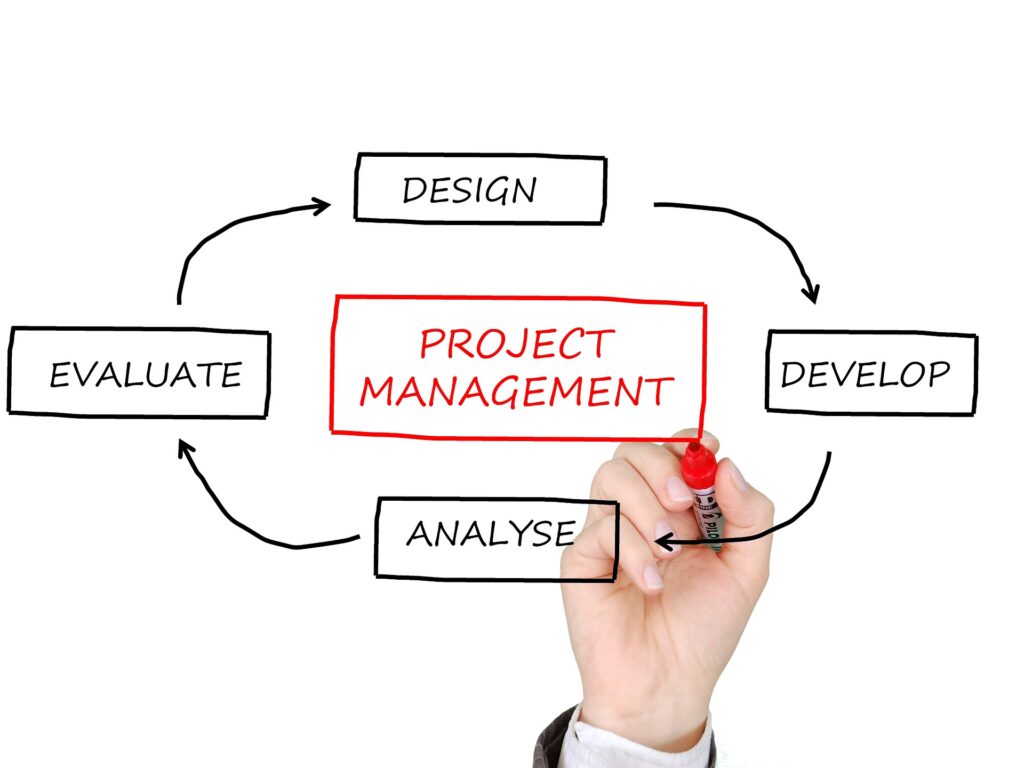Transcend Impulse Spending
In 2019, there will be some notable shifts in Project Management solutions. As cloud computing and IoT and integrate themselves into professional climates, information and application consolidation follow suit. If you’re not up-to-date on cloud apps facilitating operational infrastructure management solutions, you may want to re-evaluate.
The shifts from 2018 to 2019 likely won’t be fundamentally drastic, but there are definitely going to be some changes worth taking into account. The following are five changes that will likely direct the course of the year.
1. Migration to Avoid Being Left Behind By Post – 2015 Solutions
It’s important to differentiate between networked solutions like the cloud and SaaS. Software as a Service is a business option for data management which pre-dates mainstream cloud-computing. Project managers have been using either SaaS or the cloud since about this time – primarily. Although it depends on the product and available resources.
In terms of larger operations, cloud and SaaS have become so integral that the two solutions have begun to merge. Now cloud-based SaaS has become available, and following segues of this tech trend, new developments have hit the market that will force many businesses to upgrade by the end of 2019. Naturally, this will drive the market.
Cloud computing has been around 13 years since Amazon first released the option in 2006. The cloud grows like a cumulonimbus thunderhead on the horizon, and its coming to dominate the technological horizon. If you don’t prepare for this positive economic storm, you won’t be able to reap the benefit.
Cloud monitoring best practices are more efficient than ever, making company-wide visibility in real-time become feasible. Naturally, continually updated to simplify the User Interface (UI) will always be necessary. Moore’s Law stipulates technology doubling on itself every eighteen months. If you haven’t upgraded your project management solutions in the last year, you may want to do so.
2. Risk Assessment Not Related To Resources
When it comes to assessing risks, resources have traditionally been a core component used by many corporate strategies. As technology continues its expansion, knowledge gaps are proving to be similar in nature. Entire projects can crumble due to lack of communication, information, transparency, or other unexpected changes.
Consider websites as an example. Because things are changing so quickly in technology, organizations are advising their users to continuously update their site. Instead of gradual changes, everything must be upgraded unilaterally as regularly as possible. Similarly, modern risk assessment takes knowledge gaps into account and quantifies them to help those in project management avoid negative impacts.
3. Presentation Driven Through Data
Since information can be processed in real time, this provides data-driven presentation capability. This means people presenting pitches to upper management can do so more effectively with accurate numbers. Project Management will continue becoming more visual in 2019.
4. Application and Environment Chasm
Specific, targeted innovation is becoming a larger driving force in project management. You can expect this trend to continue not just in 2019, but in the following years as well. Some areas that are driving targeted innovation this year are application and environmental “chasm”.
Varying teams might be operating with certain apps designed around app management. These teams can become frustrated when the apps lack necessary capabilities, like those related to planning. This forces them to fill the “chasm” by looking for alternatives. As a result, PM software seeks to fill the gap through solutions that facilitate planning.
In the same vein, varying teams that use cloud-based resources such as Slack, seek project management solutions that effectively do the same thing. PM resources which close the environmental chasm for diverse operations haven’t been available before, but it appears that they will be very soon.
5. Expansion of “Flow-To-Work” Trends
Bring Your Own Device (BYOD) is a work trend that has been shown to increase employee productivity. Instead of tasks dictating how employees work, the way employees work is starting to determine when tasks are completed.
Cloud computing and PM software have facilitated this in large part. But because BYOD and similar operational paradigms do increase productivity, those innovating in terms of project management will try to increase options allowing such productive
With cloud computing, operational compartmentalization isn’t as necessary as it was in stimulating productivity. Inter-departmental communication can be handled with greater ease. The key word here is: “integration”. You can expect more effective integration solutions like Papertrail throughout 2019.
Choosing Where To Innovate
Just because a new solution becomes available doesn’t mean it will operate as efficiently as advertised. There are always bugs in new software innovations. Staying up-to-date in terms of effective operations requires observing new solutions briefly, and perhaps waiting until their first upgrade before applying them.
That said, technology moves so fast today, that this approach can put you further behind in losses than operating with bugs might. There’s a razor-thin balance here that will require close attention. Keep yourself appraised of shifts in the market, watch competitors, keep an eye on peers, and perhaps consult a tech agency for advice when it is hard to read the market.
If you have any questions about these Project Management trends or any other questions related to Project management, send us an email!




